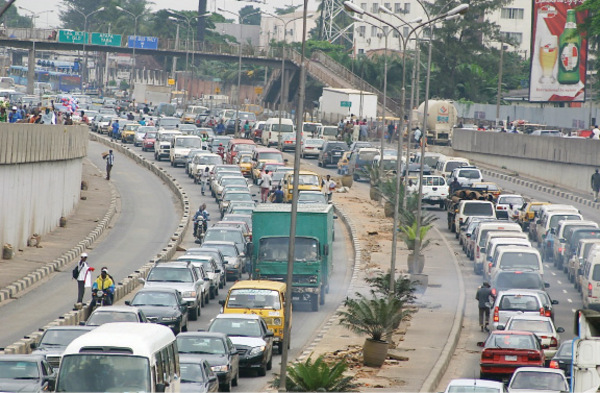Over 50% of the world population lives in cities. By 2045, the world’s urban population will increase by 1.5 times to six billion. City leaders, says the World Bank, must move quickly to plan for growth and provide the basic services, infrastructure, and affordable housing their expanding populations need

Globally, 54% of the population lives in urban areas today, and this trend is expected to continue – by 2045, the number of people living in cities will increase by 1.5 times to 6 billion, adding 2 billion more urban residents.
With more than 80% of global GDP generated in cities, urbanisation can contribute to sustainable growth if managed well by increasing productivity, allowing innovation and new ideas to emerge.
However, the speed and scale of urbanisation brings challenges, including meeting accelerated demand for affordable housing, well-connected transport systems, and other infrastructure, basic services, as well as jobs, particularly for the nearly 1 billion urban poor who live in informal settlements to be near opportunities.
Cities also play an important role in tackling climate change, as they consume close to 2/3 of the world’s energy and account for more than 70% of global greenhouse gas emissions. As cities develop, their exposure to climate and disaster risk also increases. Almost half a billion urban residents live in coastal areas, increasing their vulnerability to storm surges and sea level rise.
Building cities that “work” – inclusive, safe, resilient, and sustainable – requires intensive policy coordination and investment choices. Once a city is built, its physical form and land use patterns can be locked in for generations, leading to unsustainable sprawl.
National and local governments have an important role to play to take action now, to shape the future of their development, to create opportunities for all.
As more people and assets become rapidly concentrated in cities, and as infrastructure struggles to keep up with rapid growth, the risk from natural disasters and climate change is rising.
